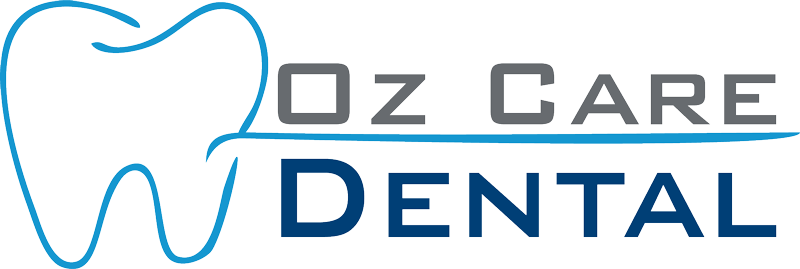Flap Surgery: A Key Procedure for Advanced Periodontal Disease
Flap surgery, also known as periodontal flap surgery, is a surgical procedure used to treat advanced periodontal disease when non-surgical treatments such as scaling and root planing are insufficient. This procedure involves lifting the gums to provide direct access to the roots and bone supporting the teeth for thorough cleaning and repair. In this blog post, we'll explore the indications, procedure, and recovery associated with flap surgery, highlighting its importance in periodontal therapy.
What is Flap Surgery?
Flap surgery is a type of periodontal surgery that allows dentists to reach the roots of the teeth and the underlying bone. During the surgery, the gum tissue is carefully cut and lifted back to form a "flap", which gives direct access to the infected area. This allows for a deep cleaning around the roots and the ability to reshape or regenerate bone lost to periodontal disease.

Digital CT Scan
First our dental radiologist takes a digital 3D CT Scan of your teeth.Professional Consultation
We will discuss your primary issues and your wishes concerning your teeth.Dental Examination
This is followed by a professional examination of the teeth and gums.Complete Treatment Plan
We devise a complete treatment plan for restoring your healthy smile.What is Benefits of Flap Surgery?
Benefits of Flap Surgery
-
- Effective Cleaning: Provides better visibility and access to deep periodontal pockets and allows thorough removal of tartar and diseased tissue.
- Reduces Pocket Depth: Helps in reducing the depth of the periodontal pockets, making it easier to clean and maintain healthy gums.
- Regenerates Bone and Tissue: Offers opportunities for bone and tissue regeneration procedures that can help restore the supportive structures of the teeth.
- Improves Oral Health: By addressing severe periodontal disease, flap surgery can prevent further bone loss, tooth loss, and associated health problems.
The Procedure for Flap Surgery
- Pre-Surgical Assessment: Detailed imaging and measurements are taken to plan the surgery. This may include X-rays or 3D scans.
- Anesthesia: Local anesthesia is administered to numb the area and ensure the patient's comfort throughout the procedure.
- Creating the Flap: The surgeon makes incisions in the gum tissue to create a flap. This flap is then gently lifted away from the teeth and bone.
- Cleaning and Repair: The exposed roots are thoroughly cleaned to remove plaque and tartar. If needed, the bone around the roots is reshaped or repaired, and materials to encourage bone regeneration may be added.
- Flap Repositioning and Suturing: The flap is then laid back in place and sutured to promote healing. The arrangement of the flap can be adjusted to reduce pocket depth.
- Postoperative Care Instructions: The patient is given specific instructions on how to care for the mouth during the healing process, including medications for pain and infection control.
Recovery and Aftercare
- Pain Management: Pain following flap surgery is normal and can be managed with prescribed pain relievers.
- Diet: Patients are advised to stick to soft foods and avoid any hard or crunchy foods that might injure the surgery site.
- Oral Hygiene: Gentle but thorough oral hygiene practices are critical. Patients may be advised to use special mouth rinses or an adjusted brushing technique to avoid disturbing the surgical site.
- Follow-Up Visits: Regular follow-ups are necessary to monitor healing and ensure that the gums are reattaching properly.
Potential Considerations
- Healing Time: Recovery time can vary depending on the extent of the surgery and individual patient factors.
- Sensitivity: Teeth might be temporarily more sensitive to temperature and pressure.
- Aesthetic Changes: The positioning of the gums may change slightly, affecting the appearance of the teeth and smile.
REQUEST AN APPOINTMENT
Fill out the form and we will contact you during our working hours. Urgent dental care will be provided usually the same day.
CONCLUSION
Flap surgery is a vital procedure for patients with advanced periodontal disease, providing a way to effectively treat infection and damage that cannot be addressed through non-surgical means. By allowing for direct access to the affected areas, flap surgery not only helps in thoroughly cleaning the teeth and gums but also facilitates the regeneration of supportive tissues. If you are experiencing persistent symptoms of gum disease, consult with your dentist or periodontist to discuss whether flap surgery is the right option for you. This treatment can be pivotal in restoring and maintaining your oral health and overall well-being.


